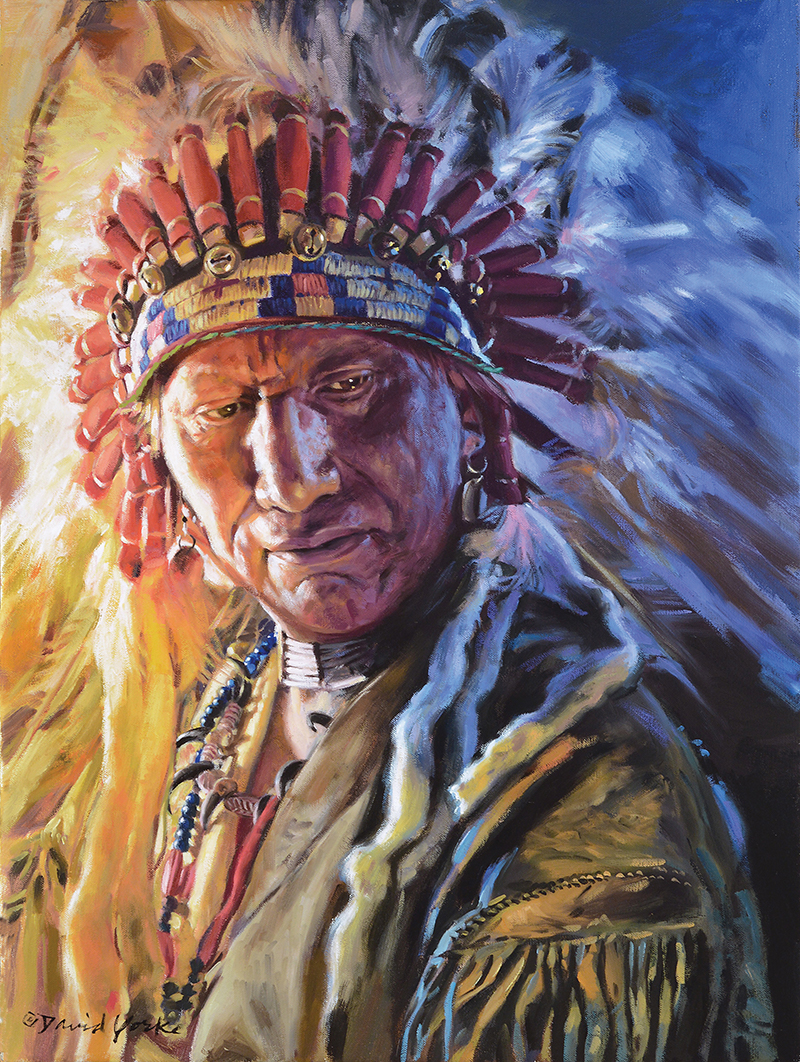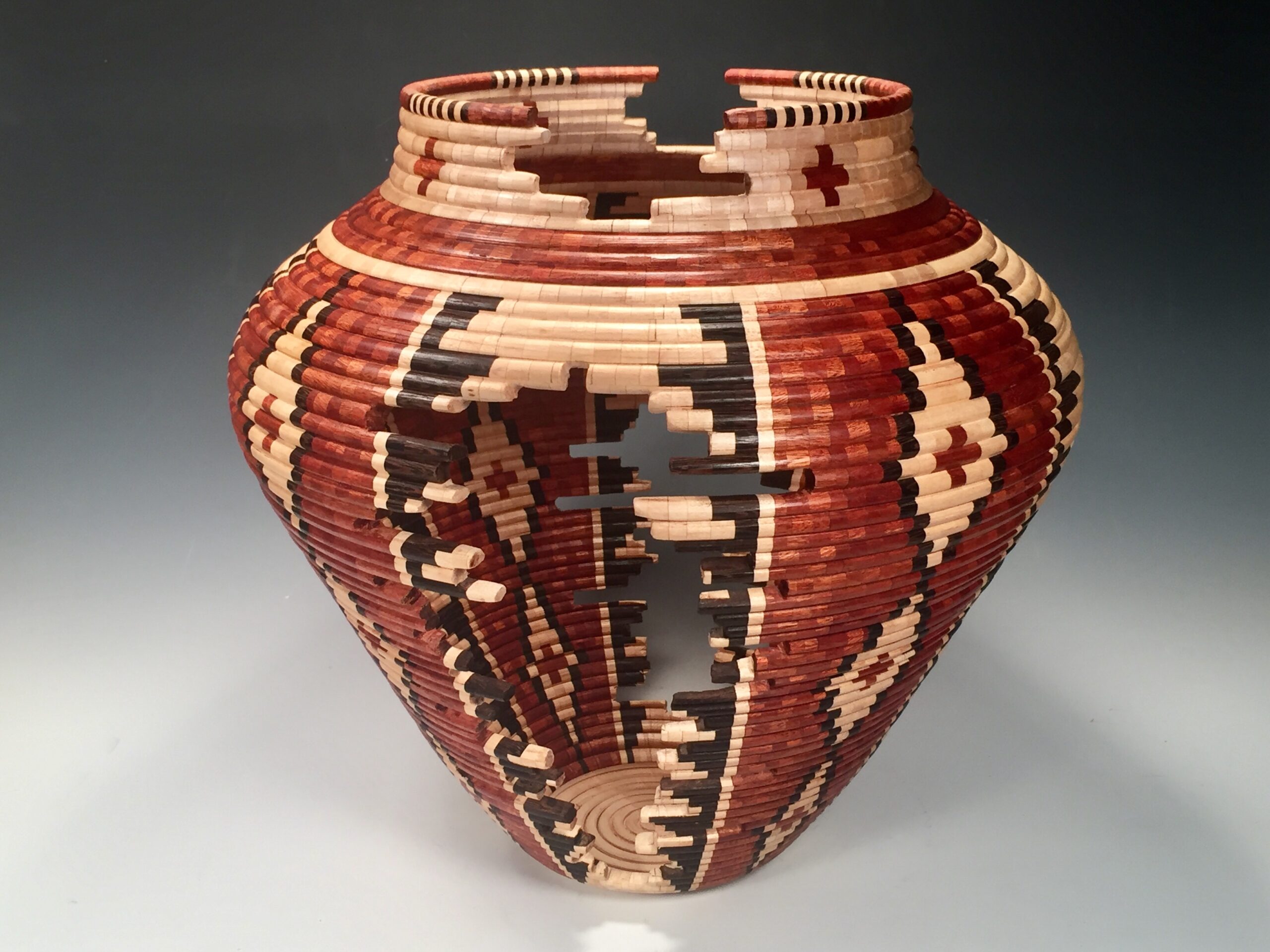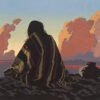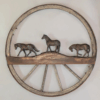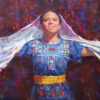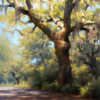In mid-August, David Yorke had just returned from his annual pilgrimage to the Shearer Ranch outside Wall, South Dakota, where he had spent three days sketching and photographing local cowboys and Native Americans as they reenacted scenes from the past. He has participated in the event for the past 20 years, normally joining 49 other artists for the retreat that ranch owners Grant and JoDee Shearer have hosted since 1987. This year, thanks to COVID-19, only about a dozen artists participated in the event.
In an effort to avoid the risks of getting the virus while flying, Yorke opted to drive from his home in Clermont, Florida, to the ranch, a four-day trip each way. He loaded up his SUV with artifacts that included some museum-quality pieces he had made himself—Native American shields, weapons, clothing, and footwear that his models would wear—and headed out. When he arrived at the ranch, located at the base of the Cheyenne River just north of the Badlands, he was travel weary but excited.
Read the full article in the November/December 2020 issue.
The Peacemaker
Oil
24” by 18”
“The model I used for this portrait I first met in Rapid City. I was drawn to the distinctive character in his face. Ray was, and maybe still is, a councilman for the Cheyenne River Sioux Reservation in South Dakota. I visited him there on one occasion and posed him as a Sioux Chief. I always try to get as much personality showing in my portraits as I’m able to do and focus on that more so than the regalia they’re wearing.”
Abandoned
Oil
33” by 36”
“The inspiration for this piece came to me while I was thinking about the many abandoned antebellum homes I used to rummage through around Gainesville, Florida, while searching for interesting subjects to shoot for my college photography classes. I’d always discover small items of value left behind, treasures abandoned in the darkest of dusty places. In this painting, I chose three Lakota scouts searching through a vacated cabin curiously containing some items left behind for reasons unknown. Finding the doll might have stirred an immediate sense of emotion and cultural connection.”
